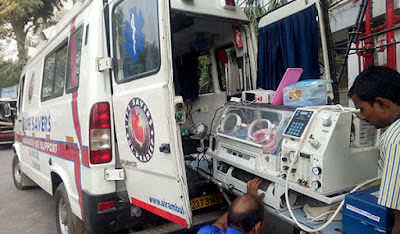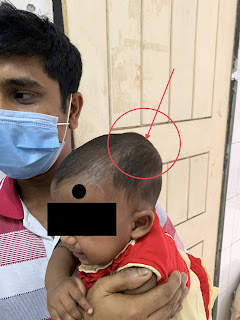Life in lock-down (2020 pandemic)

Who would have thought what our lives would be if we were to live in cages. Being isolated from the rest of the society and almost being marooned in a deserted island gave me a lot of time to reflect on all those things which I had taken for granted. As an young adult i always enjoyed strolling around in the park, often meeting with my school friends on the weekends and grabbing a snack from the nearby french cafe while reading my favorite book laying aimlessly on that not so comfortable park bench and gentle breeze used to brush my face making a mess of my salt and pepper hair. Here in this same old-school park bench, was where I met the love of my life and in this very spot where I had asked her hand for marriage. Now in recent days, considering the horrors of world wide global pandemic COVID 19, it only seems like a dream of the past, if one is thinking of venturing into the outdoors. Different people bears different mechanisms for coping with disastrous scenario...


